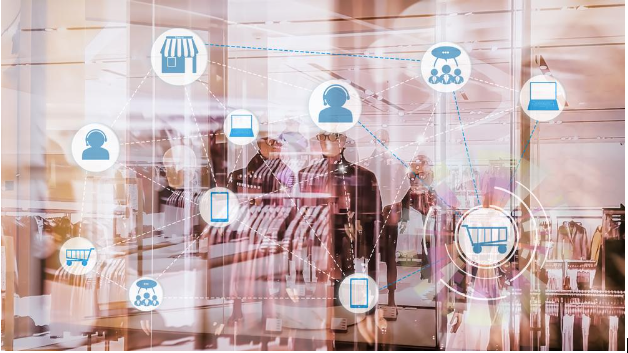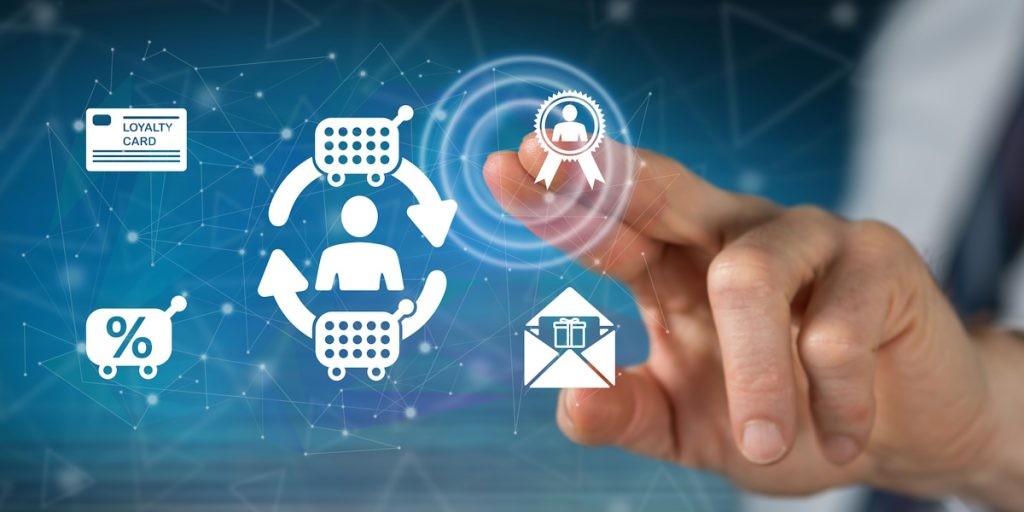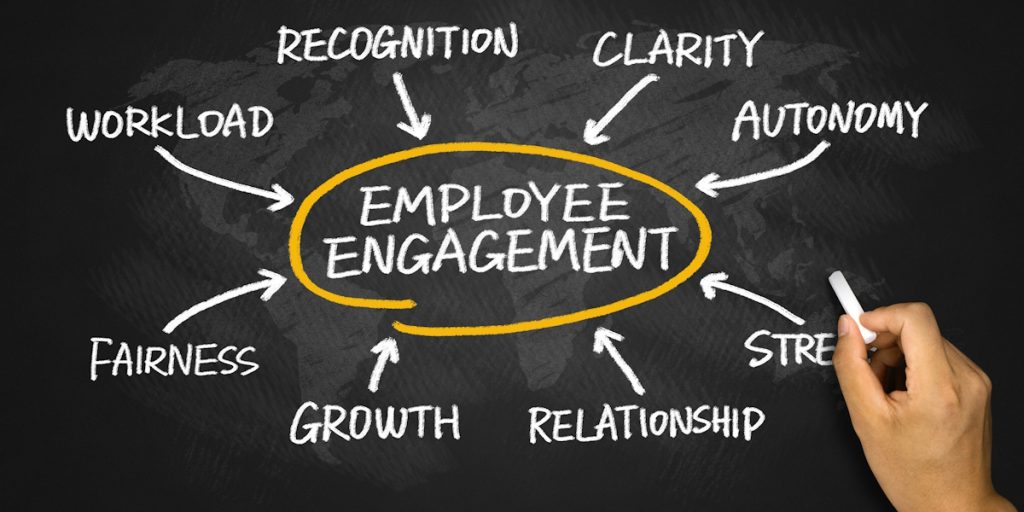Building long-term relationships with customers is more than just offering good service. It’s about creating memorable experiences that leave a lasting impression. One of the most effective ways to achieve this is by using travel rewards to boost customer lifetime value. Travel incentives are more than just perks — they are emotional triggers that forge deep, loyal connections between brands and customers.
When used strategically, travel rewards can turn a one-time buyer into a repeat customer. They appeal to people’s emotions, offering experiences that go far beyond traditional points or discounts. This blog will walk you through how travel rewards can increase customer loyalty, strengthen retention, and directly enhance the lifetime value of your customers.
Why Customer Lifetime Value (CLV) Matters
Customer Lifetime Value (CLV) is a crucial metric that measures the total revenue a business can expect from a single customer over the course of their relationship. Higher CLV means more revenue, reduced marketing costs, and stronger brand loyalty.
Companies that focus on improving CLV tend to build deeper connections with their customers. These relationships go beyond one-time transactions and create brand advocates who refer others, engage more frequently, and stay longer.
The Emotional Advantage of Travel Rewards
Unlike cash-back or generic discounts, travel rewards offer a powerful emotional incentive. When a customer receives a travel opportunity — whether it’s a weekend getaway or an international trip — they associate those positive emotions with your brand.
The emotional impact of travel rewards plays a key role in strengthening brand connections and loyalty.
How Travel Rewards Improve Customer Retention
Personalized Travel Incentives
Offering personalized travel incentives based on customer preferences shows that your brand understands and values them. This level of personalization makes the customer feel seen and appreciated, increasing their loyalty to your business.
Creating Memorable Experiences
Experiences are remembered far longer than material goods. When customers earn travel rewards, they connect that memory to your brand. This emotional link keeps your business top of mind, encouraging repeat purchases and long-term engagement.
Building a Loyalty Loop
Travel incentives help establish a loyalty loop, where customers continue to engage in hopes of repeating a travel experience. This drives retention and raises their total value to your business.
The Role of Travel Rewards in Loyalty Programs
More Than Just Points
Most loyalty programs offer discounts or points. But travel rewards provide a much more compelling reason to stay engaged. They go beyond monetary value and tap into emotional satisfaction and status appeal.
The benefits of offering travel incentives include deeper emotional ties and a competitive edge in customer loyalty.
Encouraging High-Value Actions
Travel-based rewards are ideal for motivating specific behaviors like high-volume purchases, contract renewals, or referrals. These actions directly contribute to an increase in CLV.
Gamifying the Experience
Gamification strategies such as earning milestones or tier upgrades can be applied to travel rewards. This approach keeps customers engaged, goal-driven, and consistently active within your loyalty ecosystem.
Types of Travel Incentives That Work
Group Travel for Top Clients
Group travel builds community among your most valuable clients. It also strengthens your brand’s reputation as a generous and engaging partner.
Individual Getaways
Private travel experiences, such as weekend trips or curated vacation packages, provide high perceived value. They also create a sense of exclusivity and appreciation.
Experience-Based Packages
Combining travel with experiences like wine tasting, adventure sports, or wellness retreats allows you to offer travel rewards that differentiate your brand. These experiences can be tailored to your audience’s preferences for greater impact.
Measuring the Impact on Customer Lifetime Value
Track Repeat Purchases
An increase in repeat purchases is a clear sign that your travel incentive strategy is working. Measure how often travel-rewarded customers return compared to others.
Monitor Program Engagement
Look at participation rates, redemption levels, and customer feedback. High engagement means your rewards resonate with your audience.
Calculate Revenue Growth per Customer
Over time, compare the average revenue from customers who receive travel rewards with those who don’t. This will give you a direct view of how travel incentives affect CLV.
Final Thoughts
Using travel rewards to boost customer lifetime value is more than a marketing tactic. It’s a long-term relationship-building strategy. Travel rewards speak to the heart, not just the wallet, helping businesses stand out and form genuine emotional connections.
If you want loyal customers who return, engage, and refer others — give them something memorable. Give them travel.
Could Travel Rewards Be The Emotional Driver Your Loyalty Strategy Is Missing?




